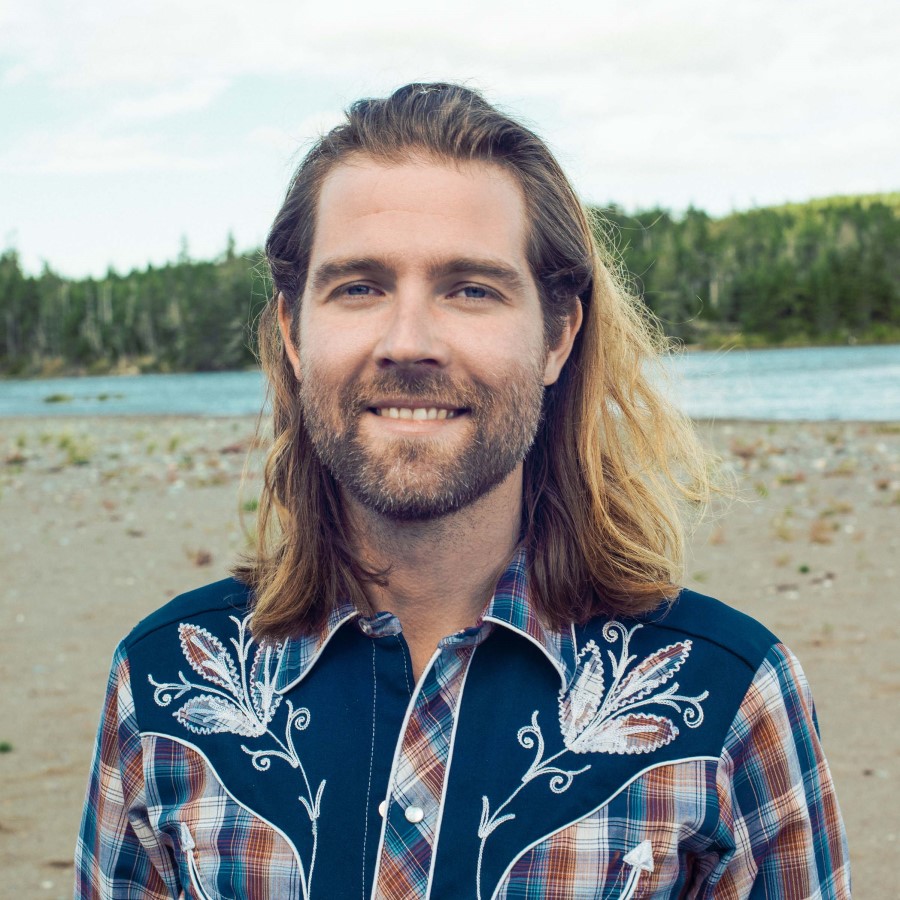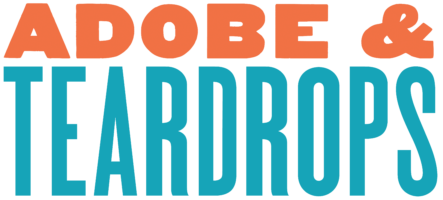Thomas Stajcer draws on his unique voice, love of storytelling and father’s 80s rock and roll to write frank and endearing songs fashioned in the classic themes of country music. Historically likened in tone to John Prine, Sturgill Simpson, Lee Hazelwood or Gram Parsons, Building A Home (Yip Walla Wahoo) sees Stajcer particularly influenced by Roger Miller, but with big backup vocals and a rocking band. Music to mow your lawn to.

“Building a Home” is a rollicking good time — a reminder that country music can just be, simply, fun. Stajcer and his band take obvious joy in singing for singing’s sake and finding happiness in the moment.
“I started writing this song on the back of a John Deere mower in Seaforth, NS overlooking the ocean,” Stajcer explains. “To me, it seemed like the beginning of the next chapter. I had all I ever dreamed of: a place by the sea, a woman who loves me, and a beer in the cupholder. The song celebrates having the simple things – nature, love and family – everything you need to build a home. Yip Walla Wahoo.”
Do you start off with the music or lyrics first? Why?
This one always changes. I think when I was starting to write songs as a 13-year-old, I was kind of messing around with chord progressions and write melodies overtop. Lately, I hear melodies first and figure out the chords underneath. Usually, the melody is accompanied by a lyric (but sometimes it might just wind up in my iPhone as a whistling melody). More often than not, that lyric is replaced by something else down the road but it gets me started in on a general theme or topic and I can zero in from there. But I find if I need inspiration, I can go back to the basics of messing around with chord changes and it might trigger an idea.
Historically, lyrics have always been last. There might be a starting point early on, maybe a verse or a chorus or even a line accompanying a melody, but this part usually takes me the longest to finalize. Sometimes, though, (see: “Sad Cowboy” or “If I Had One Bottle more”) lyrics materialize almost simultaneously with the music.
And more recently still, as I enjoy writing prose and poetry and lyrics more and more (and get better at it), I’ll sometimes have complete sets of lyrics I can return to with a fresh melody and approach writing the song that way (“Midwestern States”)
Who are some of your musical influences?
Discovering Waylon Jennings’ “Are You Sure Hank Done It This Way?” made me want to write country music. Hearing Willie Nelson sing whatever the hell he wants made me feel at home in country music. Discovering Dolly Parton wrote “I Will Always Love You” was a big moment. Marty Stuart played a pivotal concert in Halifax that gobsmacked me and converted me wholeheartedly – this son of immigrants from suburban Ontario.
These days I’m pretty influenced by Emmylou Harris, Sturgill Simpson, Lee Hazelwood, John Prine… also Kendrick Lamar, Steinbeck, Hemingway and Tolstoy.
Tell us about the first song you wrote.
Definitely not. I’m pretty sure my mother found the lyric sheet in my room and, though we’ve never spoken about it, I’m certain it must have freaked her out in a big way.
The first song I wrote that I performed was in my high school band called Coat Check. I wasn’t the lead singer but I wrote the music and this was the first tune I’d written for the band with lyrics. The only part I remember is the lyric “I’m falling to pieces” as the band moves into a sort of half-time acoustic indie-rock breakdown and minory/disonant chords moving throughout. We performed at a high school talent show and a songwriter peer of mine whom I admired gave me some positive feedback afterwards, saying he loved the breakdown.
Do you play covers at your shows? Why or Why not?
Sometimes the shows that pay are ones that want two or three hours of tunes and I’m obliged to play some covers, of course. But in my smaller sets I do have some go-to covers, and will change it up depending on how I feel and if the performance is solo, trio, full band, etc.
Sometimes when you have a crowd and you’re not sure who’s listening or who cares about what music you’re playing, you can play a cover and see who engages. It can translate into getting more engagement from that person(s) for the remainder of the show.
Go-to covers: I Was Young When I Left Home (I’ve put out a version), Sundown, Pale Blue Eyes (I’m putting out a version), Long Black Veil, Country Morning Music
How are you using your platform to support marginalized people?
I’m a recording engineer by day at Fang Recording in Dartmouth, NS which has allowed me to connect with marginalized youth in the form of studio visits with Q&A or writing sessions. I think access to recording spaces, technology and expertise can be transformative for people and give an amplified voice to those who need it.
I also co-produce a new country music variety show venture called The Big Turnip Jubilee with a couple other folks. The idea is heavily influenced by such shows as The Buck Owens Show or The Marty Robbins Show, but we’ve broadened the scheme of country music to all roots genres, which we’ve used to include gospel, celtic, blues, reggae, and folk. This has allowed us to engage with a more diverse set of artists across the maritime provinces and helped put the variety in the variety show! Keep an eye out for season one at some point! (@thebigturnipjubilee)
Thomas Stajcer — Official, Facebook, Twitter, Spotify, Bandcamp
